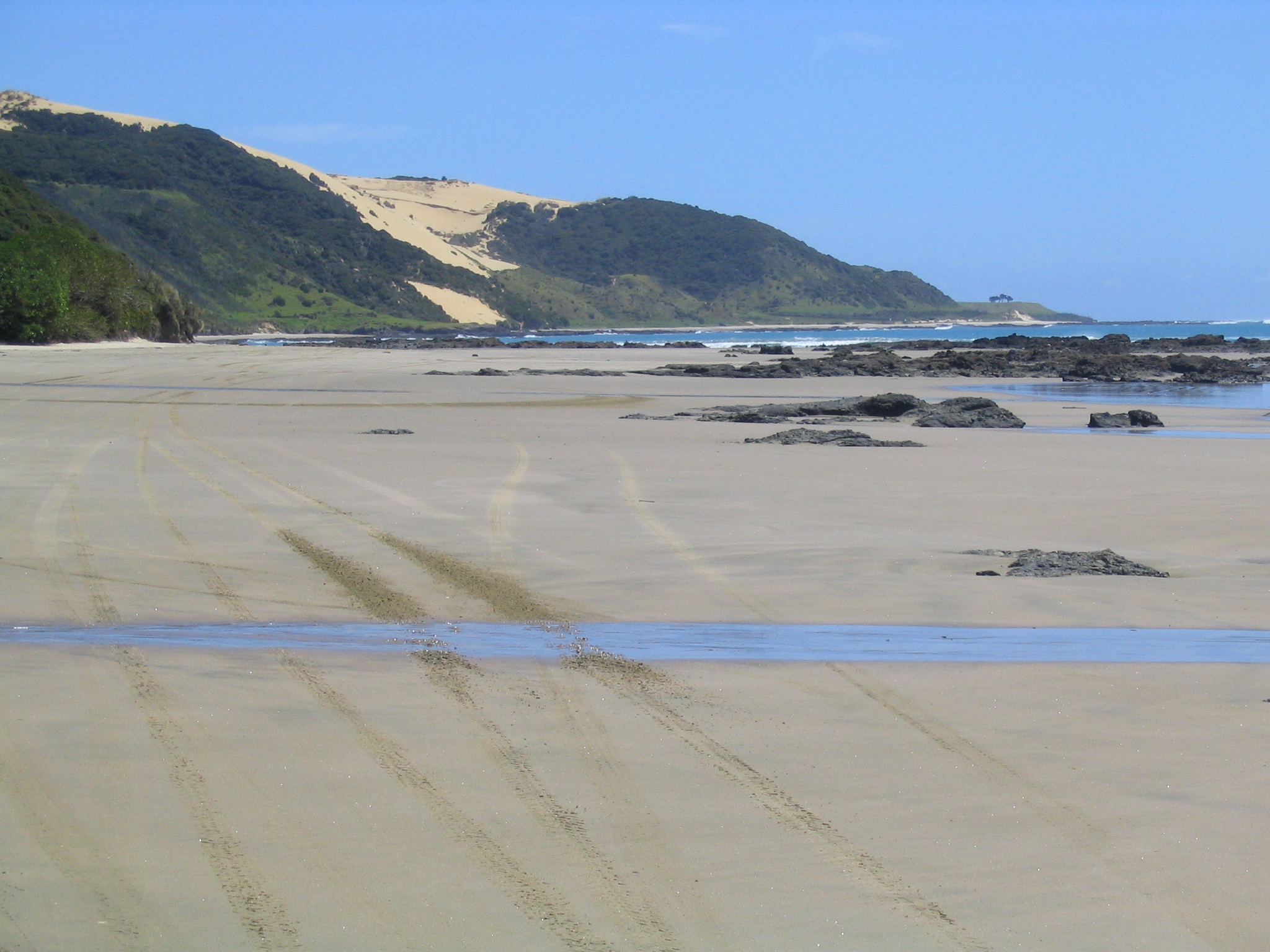Sediment Supply.
Sediment is the material (such as the sand and/or gravel) that our beaches are made up of. Sediment is moved by wind (on the beach/dunes), and waves and currents. Our beaches have been formed and shaped by the interactions between the sea and sediment over thousands of years. New Zealand’s beach sediment is sourced from a range of places, including: the nearshore and offshore (the continental shelf), transported down rivers from inland areas to the coast, eroded from surrounding cliffs, or made available from seismic events such as earthquakes and volcanic eruptions. These natural processes supply our beaches with sediment.
Increases or reductions in the availability of sediment at beaches can occur due to processes such as: storms transporting sediment offshore/alongshore and out of a coastal system, human activities such as sand extraction, damming of rivers, or the construction of coastal protections that alter the natural distribution of sediments in the coastal environment.
Sediment supply plays a crucial role moderating the coastal response to storm events or changes in sea level. In areas with abundant sediment supply, the impact of sea level rise or severe storm-induced erosion can be mitigated by a plentiful supply of sediment that readily replaces any that is lost offshore. The opposite is true for sediment starved systems where the lack of sediment exacerbates coastal erosion as there is insufficient sediment available to replace any lost offshore during storm events.



